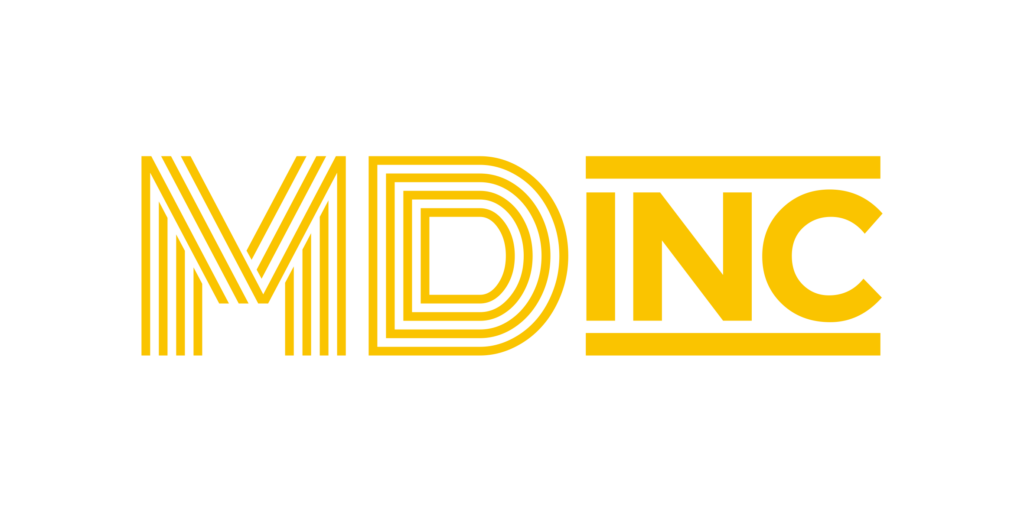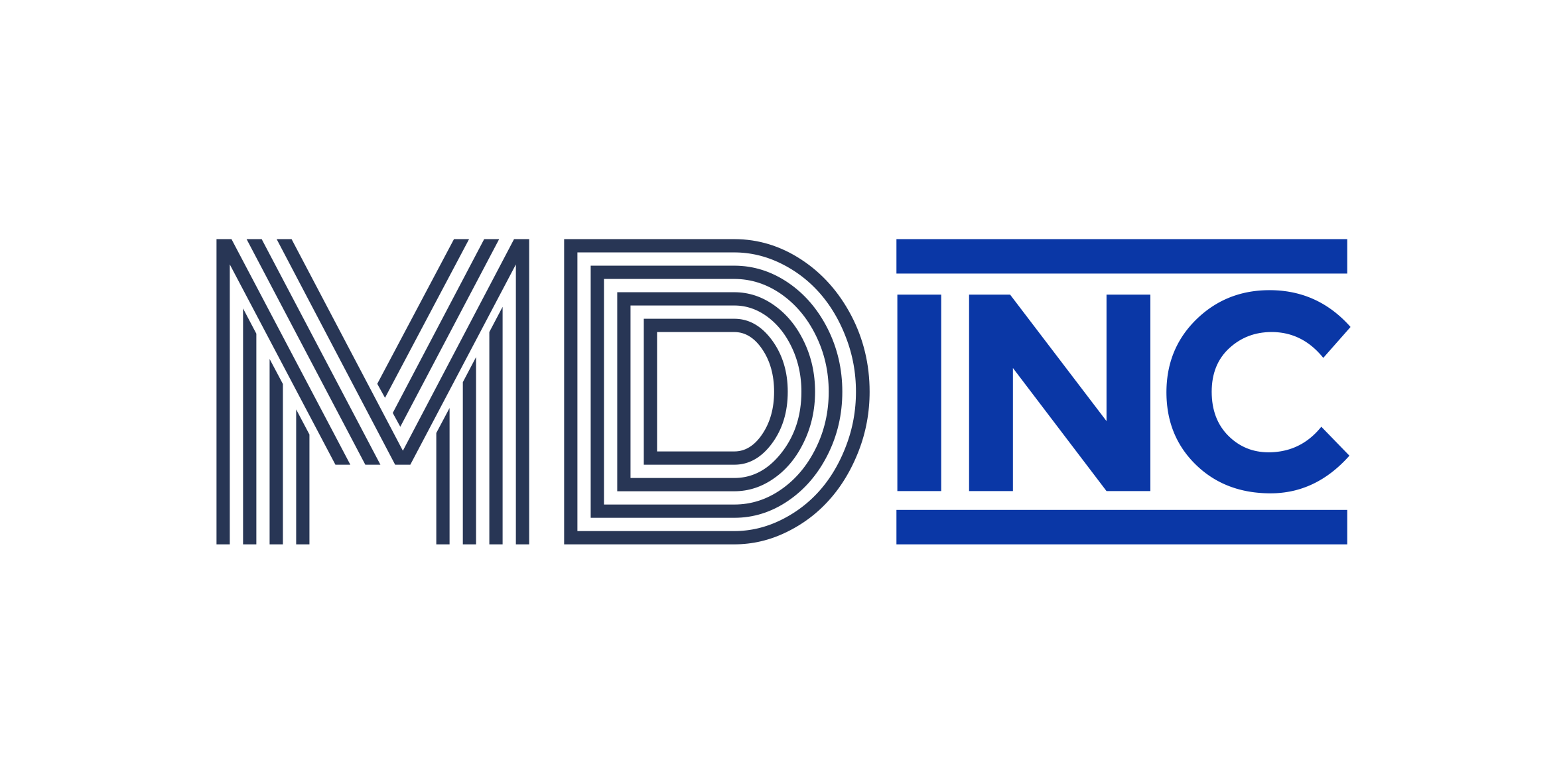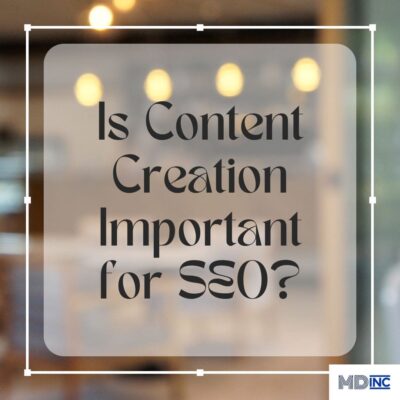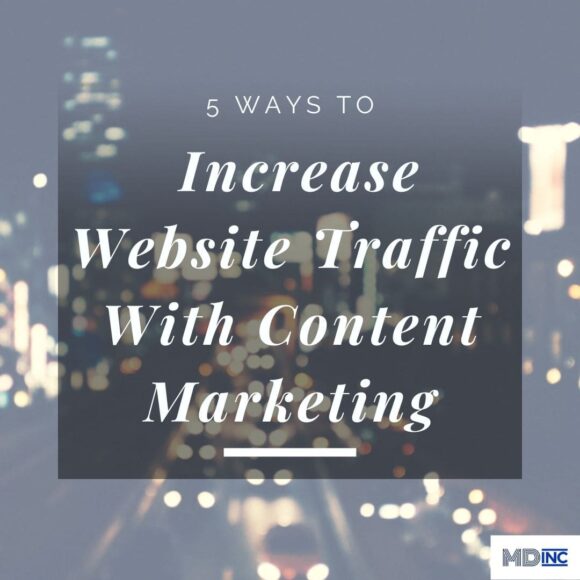How Can E-commerce Benefit from Online Sales
Let’s face it: you cannot have a Prime Day every day. Plus, with ecommerce changing so much since 2020, one of the most sudden and marked changes happened when consumers were forced to switch up how they shop. Namely, instead of hopping in the car and heading to a brick-and-mortar retailer, consumers are picking up their laptops or phones and ordering what they need with a few clicks to be safely delivered to their doorstep.
What does this mean for ecommerce marketing? It means you must pivot to meet your customers’ new expectations and keep up with what’s happening in today’s retail climate. This means forming an integrated marketing plan that lets your buyers know how you can meet them in the middle during a time when retail is evolving and changing daily.
Using Content Marketing to Approach Online Customers
Every few years you no doubt have to change your website in order to drive more traffic to your business and let existing customers know you are still in business. They need to know that they can still get what they need safely and quickly. Implementing a digital media marketing overhaul to your website and social media channels is a good start.
Update your existing content marketing with new E-commerce marketing that reflects how you’re handling the changes.
- Can customers do a curbside pickup or return for products?
- Do you work with any services like Favor, Shipt, or Instacart that offer same-day home delivery?
- How are you managing a surplus of shipments?
Add these details to all of your digital media to inform consumers of how easy it is to still shop from your business. Use content marketing to meet your demographic where they are —at home.
Change up your digital marketing across the board and add banners to your site about new shipping times, and any added shopping guidelines (can elderly customers visit your store for private shopping on certain days? Are shipping times slow due to the pandemic? Are you offering any discounts? etc.).
Looping in your customers in all of your digital media and other forms of content marketing means you’re aware of the transitions and staying abreast of the situation, and letting buyers know you’ve still got their backs during this unprecedented time. This forms trust, and you’ll see sales rising.
How Integrated Marketing Hits the Mark
Since many millions of people are solely shopping online, E-commerce is a driving force behind big sales numbers. Your online sales may make up most of your profits these days, and that’s why E-commerce marketing is so important. Now, take a look at your digital marketing situation and see what it says to consumers. Is your brand message consistent across blogs, videos, social media channels, and print advertising?
Integrated Marketing and Brand Message
Forming a consistent brand message is what integrated marketing is all about. You likely recognize your favorite brands by the fonts and colors they use in digital media and print media. They may use a constant slogan or have adopted a new design this year.
Either way, it’s consistent. This is where integrated marketing and E-commerce marketing come together to convey your message to consumers clearly and boldly without any confusion about what you’re offering, how you’re offering it, and why they need it. Update your website, blog, YouTube, Twitter, and other social media channels to reflect any changes you have made to your brand to create a cohesive, integrated marketing strategy that lets buyers know who you are without any questions.
A Digital Media Strategy That Works
You’re no stranger to E-commerce marketing, and since this isn’t your first rodeo, you probably know about the importance of SEO in content marketing. Using SEO (Search Engine Optimization) and its best friend, SERP (Search Engine Results Page), as a part of your integrated marketing plan promises results.
When you add SEO keywords to your site, blogs, videos, and other content, you’re giving your brand a better chance to rank higher on SERP, the pages that come up when consumers search for specific keywords. Optimize your SEO by using longtail keyword phrases and shorter keywords that contain SEO-rich phrases.
These tools are simple to implement once you realize ecommerce marketing’s power for your online sales—and boosting them to your benefit.










